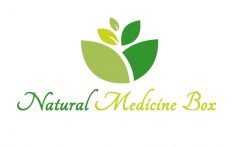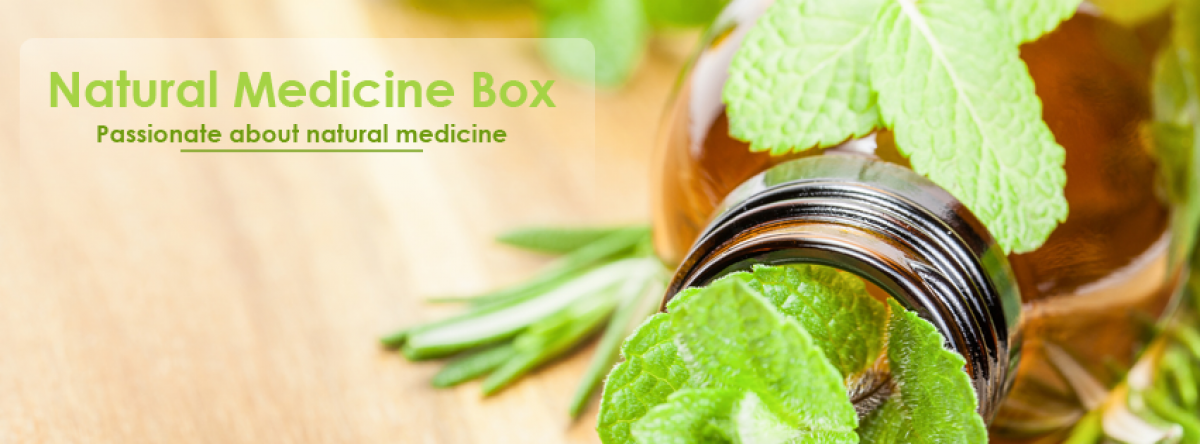The Importance of Disinfecting Your Kitchen
It’s important to keep your family healthy, but in a fast-paced and constantly changing lifestyle it can be hard to constantly monitor what every hand in your house is getting into. That’s why it is important to properly disinfect kitchen surfaces and supplies on a regular basis, in order to keep bacterial colonies from growing in unwanted places.
This doesn’t mean that you need to buy a lot of fancy toxic cleaning supplies, or convert all of your soaps to the anti-bacterial variety. In fact, some studies show that using anti-bacterial products do not reduce the occurrence of infectious disease in households any more than using regular cleaning products did [4].
Not only do you not need to rush out and buy expensive cleaning products, but you should use natural or non-toxic methods to disinfect your kitchen counters and tile floors. Harsh chemicals have many drawbacks, but natural alternatives do just as thorough of a job at cleaning and at a much lower cost, both to your bank account and the environment. Plus, they usually smell better! Be sure to wash all foods.Natural Options for Killing Germs
1. Vinegar
The smell of the vinegar dissolves after it is dried. For a nice post-cleaning scent, add a little bit of organic peppermint extract or other essential oil extract to your vinegar and water solution. You might find some organic clove oil adds a nice spicy scent too.
- White Distilled Vinegar can be used to effectively evict most bacteria and germs from their living quarters. That’s because vinegar is a weak form of acetic acid, the pH of which is too strong for most germs to survive.
- Undiluted Vinegar can be used to clean counter tops, greasy ovens, dishwashers with soap residue, coffee pots, and cloudy glassware.
- Diluted Vinegar is non toxic and can be used all around the home as an all purpose cleaner and deodorizer – just fill a spray bottle with 1 part vinegar to 1 part water (50/50) and you’re ready to go.
2. Hydrogen Pyroxide
Hydrogen peroxide, the same stuff that you buy to disinfect cuts and scrapes, can also be used to disinfect your kitchen. Just fill a spray bottle and wipe down your kitchen surfaces with 3% hydrogen peroxide (the strength you can purchase at the drugstore) to kill germs. Another bonus: peroxide adds a streak free shine to reflective surfaces.
3. Tee Tree oil, Neem Oil, and Orange Oil
Tee Tree oil, Neem, and Orange oil can all be used as safe, effective kitchen cleaners. These all natural products will keep your kitchen clean without leaving behind a chemical residue.
How to Make Your Own Natural Disinfectant
Here are some quick and easy recipes to keep on hand when you’re ready to make the switch to a cleaner, healthier kitchen:
- As an antibacterial and antifungal agent for food prep surfaces, mix 2 cups distilled water, 25 drops tea tree oil, 25 drops lavender in a 16 ounce spray bottle and use.
- To clean and reduce bacterial buildup in the garbage disposal, place used lemon rinds and turn on 2-3 times a week.
- Mix lemon juice with baking soda in a 1:2 ratio for an abrasive, deodorizing paste. If you have whole lemons, just cut one in half, rub the cut end in baking soda and use that as your scrubber.
- For glass cleaner, use either undiluted white vinegar or undiluted 3% hydrogen peroxide to wipe down the glass. These will disinfect and leave a streak free shine. The vinegar also does an excellent job of cutting through grease left from cooking.
- Wash all foods before cutting or cooking in a bowl of water with a capful of hydrogen peroxide to kill germs.
NEXT: VIDEO – DIY KITCHEN WIPES | How to keep a clean kitchen!
Source: globalhealingcenter.com


